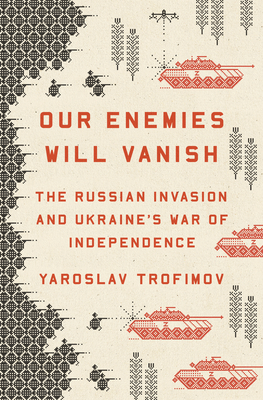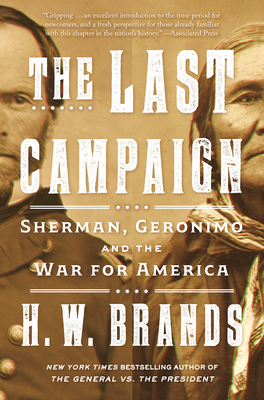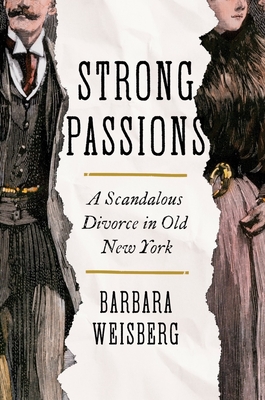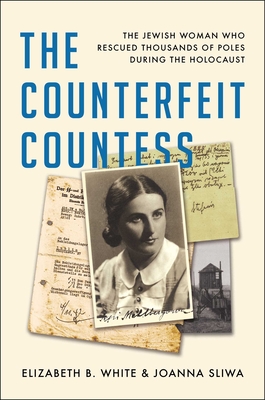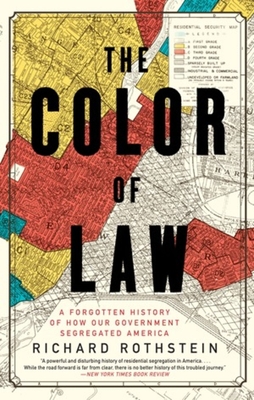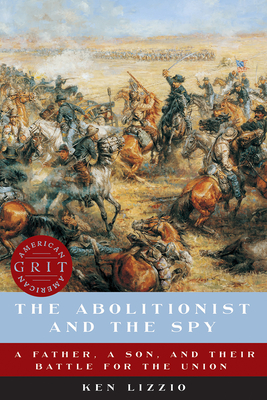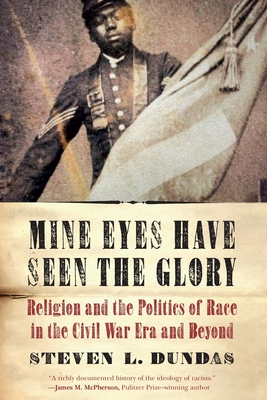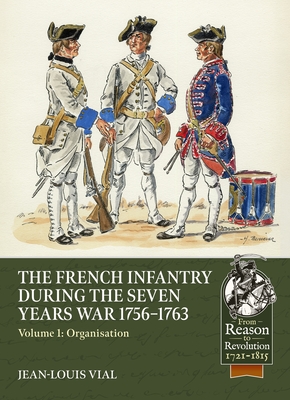
French Infantry During the Seven Years War 1756-1763 Volume 1: Organisation (From Reason to Revolution)
Description
The Seven Years War was long forgotten in French historiography. In fact, in the years following the peace of 1763, it had no name. When authors referred to this conflict, they simply used the expression: the last war or the German war. It was Templelhoff in 1787, working on the work The German War written by Lloyd, who called it for the first time: History of the Seven Years War in Germany Geschichte des siebenj hrigen Krieges in Deutschland. This is what Bardin had to say about it at the beginning of the nineteenth century: 'It was undertaken without plausible motives, conducted without skill by most of the French generals and interspersed with endless vicissitudes ...] It is memorable for the nameless mistakes made by all the armies in it; it ended to the great disadvantage of France'.
Although France suffered a series of military defeats, the period was nonetheless very rich in trials and innovations in terms of organization and uniforms. Many of the reforms that followed the war were based on the French experience.
From a symbolic point of view, the period say the appearance of attributes emblematic of the military: epaulettes, for example. The introduction of this little piece of cloth edged with fringes was initiated by Mar chal de Belle Isle in 1759, and spread to armies all over the world, sometimes taking on impressive proportions. Even though today they are only found on the ceremonial uniforms of modern troops, they have long identified the soldier's silhouette. One could also mention the star of our modern general officers, which appeared for the first time on the epaulettes of officers commanding a brigade, or the green uniforms of the dragoons. There was also the first attempt to introduce a helmet for the cavalry, an idea that remained unfulfilled until 1803 and the Empire. The trial of a cork life jacket at Dieppe, the birth of the regimental artillery that Gribeauval was to bring to fruition...
On a tactical level, chasseur companies were created within the regular infantry regiments, the precursors of the voltigeurs and the tirailleurs of the Revolution and the Empire.
In terms of the structural reforms of the army, the ordinance of 1759, followed by those of 1762 and 1763, which created recruit regiments, represented a veritable revolution. They marked the end of the burden of recruitment and the ownership of a company by a captain, to be sold like property. It also marked the end of gentlemen's regiments, with the exception of princely regiments. The cole Militaire was created, and the first officers to graduate from it would go on to fight in the campaigns of the Seven Years War.
This volume is the first in a series devoted to the French army during the Seven Years War. It describes the organization and evolution of infantry regiments during the Seven Years War, the hierarchy of a regiment, recruitment and training of soldiers, officers and their careers, marches, encampment and barracks for troops, payment of honors, a detailed review of uniforms, infantrymen's weapons and equipment, and the organization and uniforms of provincial militias, Grenadiers de France and coastguard militias. The second volume will detail the distinctive uniforms and flags of all the regiments. The third volume will deal with the elementary tactics adopted by the French infantry during the Seven Years War.













